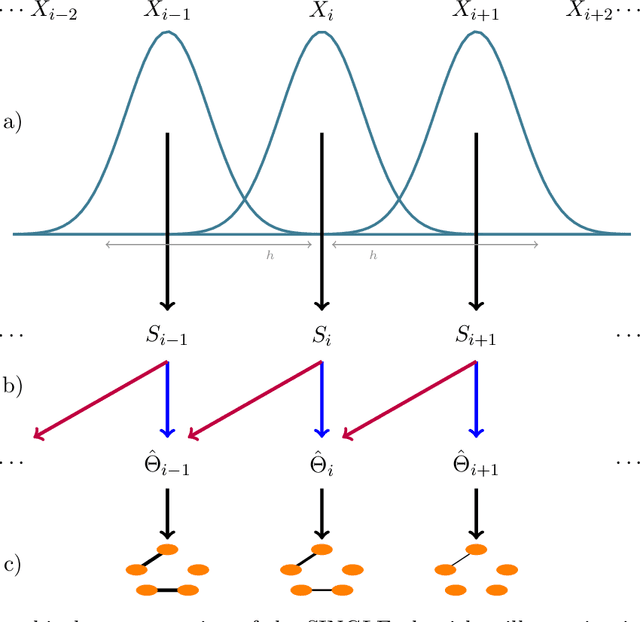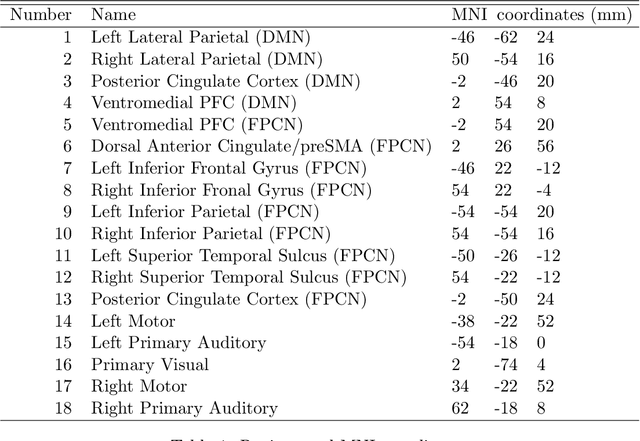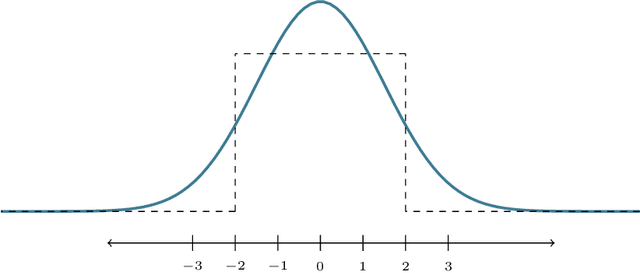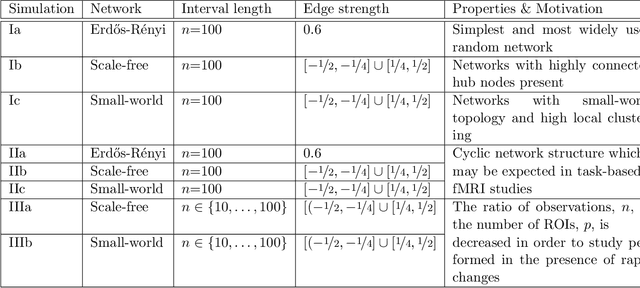Estimating Time-varying Brain Connectivity Networks from Functional MRI Time Series
Paper and Code
Apr 13, 2014



Understanding the functional architecture of the brain in terms of networks is becoming increasingly common. In most fMRI applications functional networks are assumed to be stationary, resulting in a single network estimated for the entire time course. However recent results suggest that the connectivity between brain regions is highly non-stationary even at rest. As a result, there is a need for new brain imaging methodologies that comprehensively account for the dynamic (i.e., non-stationary) nature of the fMRI data. In this work we propose the Smooth Incremental Graphical Lasso Estimation (SINGLE) algorithm which estimates dynamic brain networks from fMRI data. We apply the SINGLE algorithm to functional MRI data from 24 healthy patients performing a choice-response task to demonstrate the dynamic changes in network structure that accompany a simple but attentionally demanding cognitive task. Using graph theoretic measures we show that the Right Inferior Frontal Gyrus, frequently reported as playing an important role in cognitive control, dynamically changes with the task. Our results suggest that the Right Inferior Frontal Gyrus plays a fundamental role in the attention and executive function during cognitively demanding tasks and may play a key role in regulating the balance between other brain regions.
 Add to Chrome
Add to Chrome Add to Firefox
Add to Firefox Add to Edge
Add to Edge